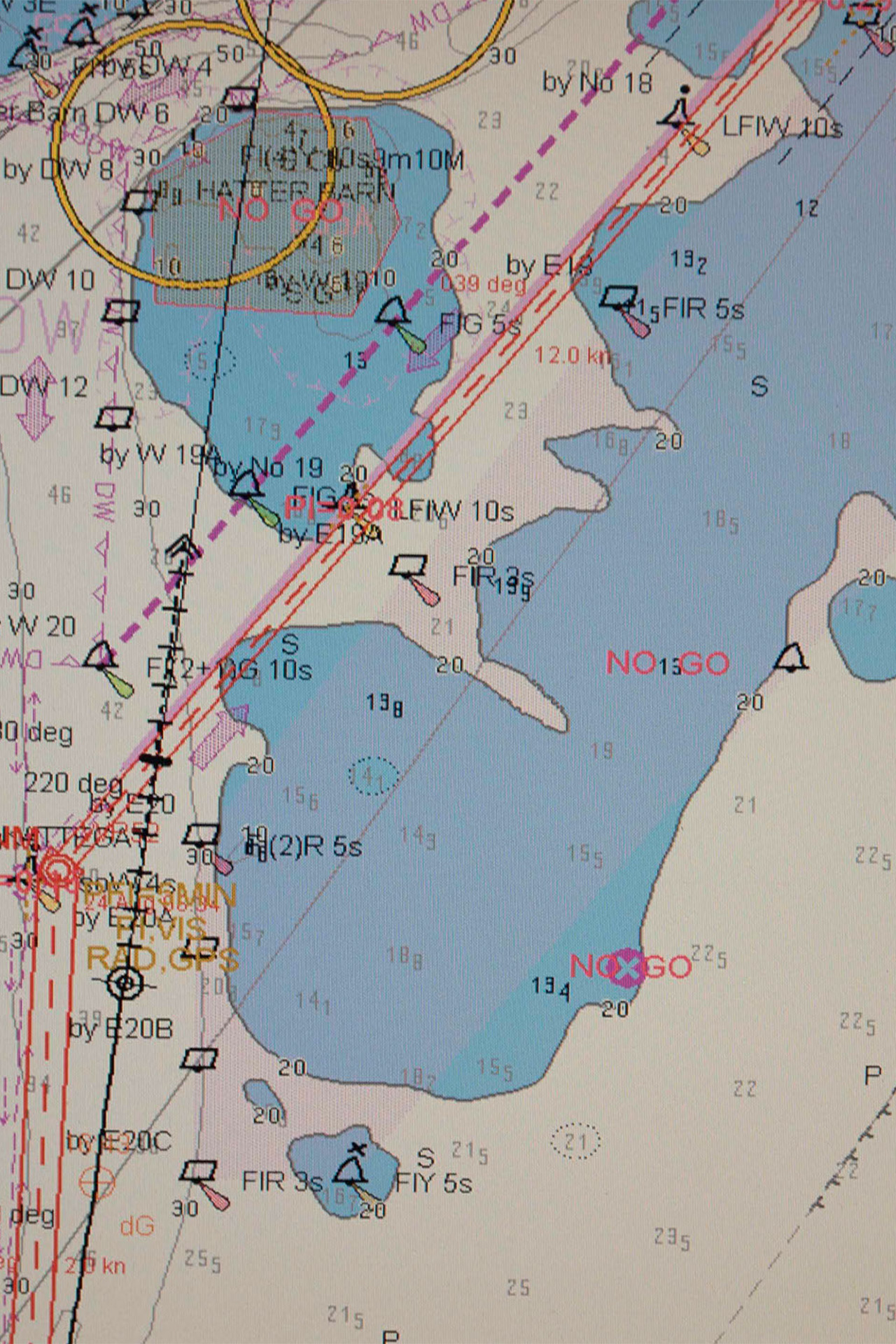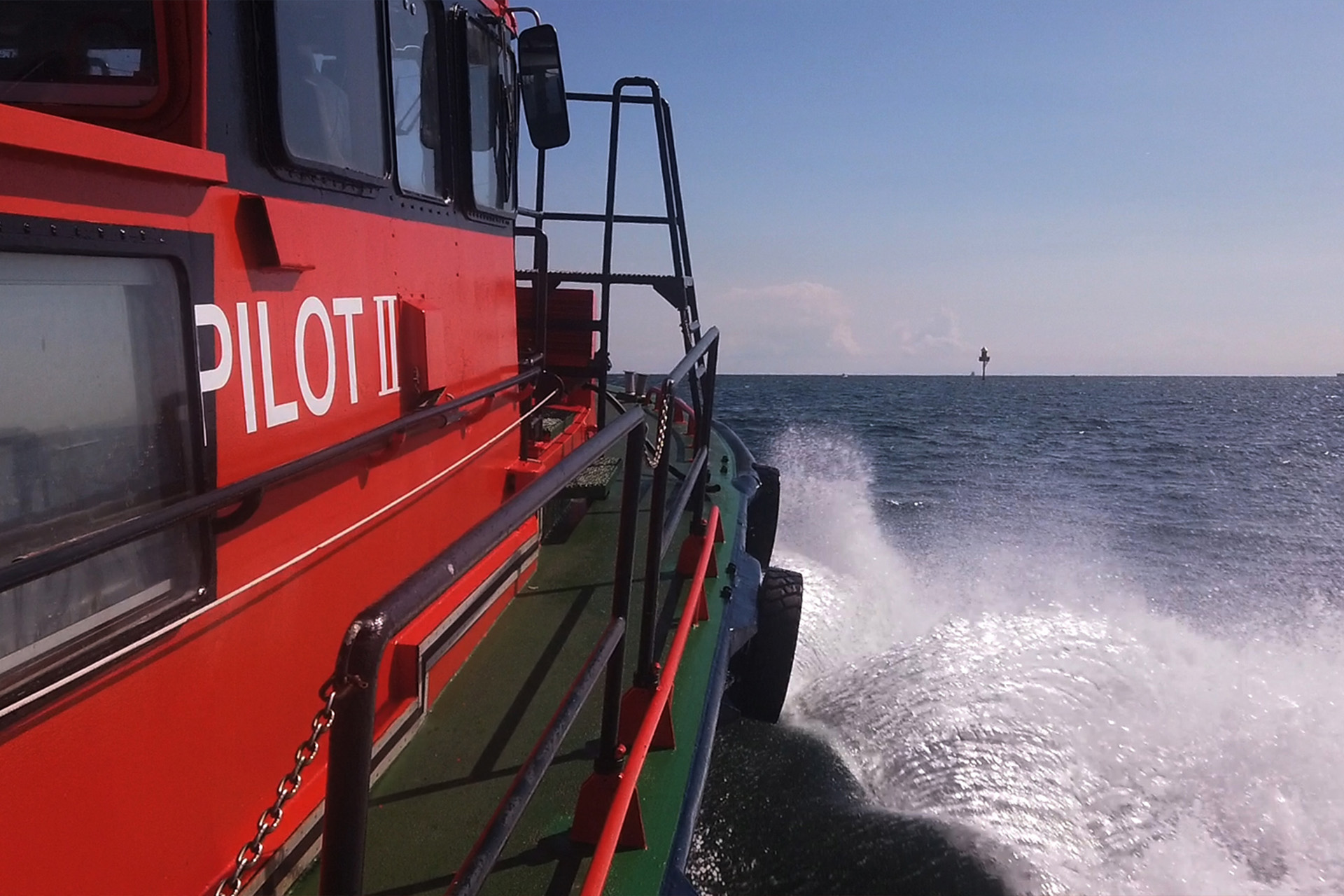The waters of the Great Belt are Danish territorial and therefore those using them are subject to Danish law.
This states ‘in internal and external territorial waters there is an obligation for ships to use a pilot if they are:
1) . . carrying oil or have uncleaned cargo tanks that have not been rendered safe with inert air
2) . . carrying chemicals
3) . . carrying gases
4) . . carrying more than 5,000 tons of bunker oil
5) . . carrying highly radioactive material.’

